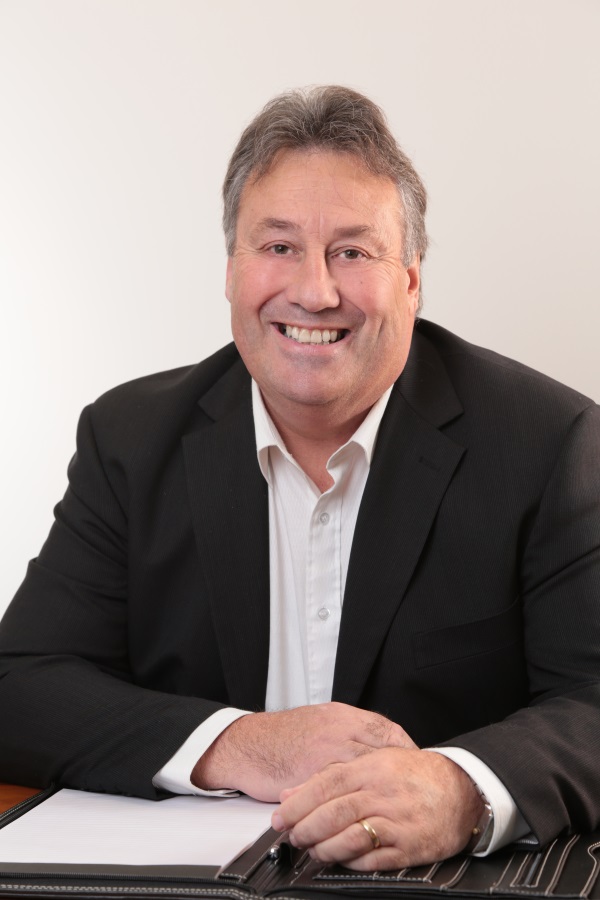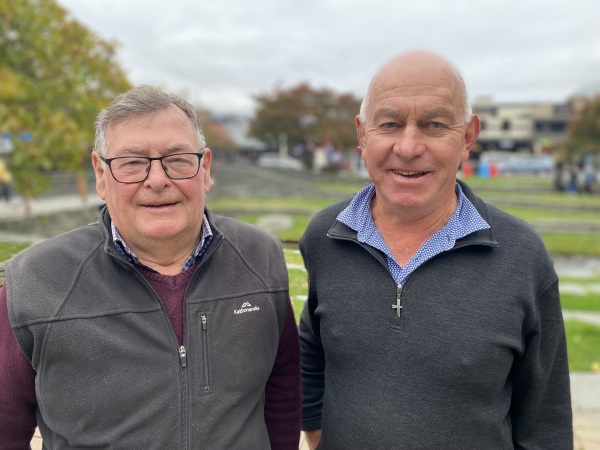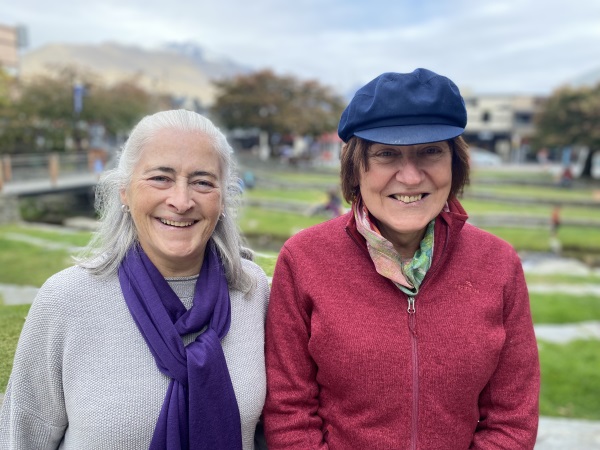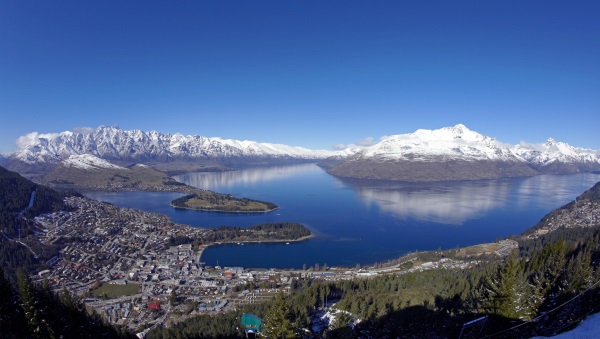The Rotary Club of Queenstown has never been a huge organisation, but it has put its paw prints — and funding — across just about every aspect of the local community. PHILIP CHANDLER turns back the pages of history as members reminisce over the club’s first 80 years
Queenstown’s oldest and most prominent service club celebrated its 80th birthday this weekend.
The resort’s Rotary Club boasts many great achievements over the years, mostly in the local community but also abroad.
It’s continued to be relevant by changing with the times, including belatedly admitting women.
Oddly, the then all-male club opened during World War 2, on the initiative of several Invercargill Rotarians who had cribs here.
Applying for Rotary International membership, the sponsoring Rotary Club of Invercargill said ‘‘a preliminary survey showed there are available men of Rotary character and Rotary temperament representing various classifications’’ — members once all had to have a unique vocation.
Eighteen members met at Scotty’s Tea Rooms for the ‘charter presentation meeting’ on September 23, 1944 — among a population of about
800, that was a high per capita membership.

Current president: Neil Boniface
The charter president was grocer John Royds — the president for the club’s 50th anniversary was his son John; both, incidentally, were also deputy mayors.
As tourism grew, the club attracted more and more visitors — by, 1964, its 10,000th — and in no time it had received 500 different banners
from visitors’ clubs, the most in New Zealand.
Early on, the club set up other clubs including the garden club, historical society and Probus.
The club’s achievements are numerous, but categories include:
● Supporting local schools, especially Wakatipu High with dux, debating and essay prizes;
● Supporting youth programmes;
● Roadside and beach clean-ups;
● Raising funds for good causes through sausage sizzles, carparking marshalling for events and street appeals;
● Funding overseas causes, often through Rotary International, for the likes of water and sanitation systems in India, Malawi and Uganda, and ShelterBox disaster relief packages;
● Conservation projects like adopting a plot for wilding pine eradication above Skyline.
The club’s most ambitious fundraiser was building a ‘house in a day’ in 1987, involving 327 vollies, to help set up Wakatipu Kindergarten — $61,000 was raised from the house sale which the club topped up to $70k.
Another biggie was the $650,000-plus restoration of the old Shotover bridge to celebrate Rotary’s centenary in 2005.
Later, members extended the Tucker Beach trail.
For many years, fundraisers included Melbourne Cup functions at the former Moonlight Stables for child cancer charities, Percy Percy perch-fishing comps on Lake Hayes, pottle races from Edith Cavell Bridge down the Shotover to Tucker Beach, and ongoing duck races on Horne Creek.
Club stalwart John Taylor says after arriving in 1983, ‘‘I was meeting tourists [through business] but not the locals’’.

Proud Rotarians: John Taylor, left, and John Thompson are fifth-decade local Rotarians
‘‘It was a way of getting to know the community and really I’ve never looked back as far as the fellowship and friendship goes — I shouldn’t mention how long we used to stay drinking after Rotary in the old days.
‘‘You didn’t mind working [on projects] because you were engaging with fellow members, and it was a social thing.’’
Invited to join after supplying food for the house-in-a-day project, former supermarket owner John Thompson says ‘‘it was probably quite a prestigious thing to be asked to join’’.
His club experiences include joining other Rotarians in stalling a sanitation system on a Fijian island.
He still enjoys the club — ‘‘there’s a new group that are doing quite different stuff, but good stuff’’.
Women were only admitted in the late ’80s, with liquor rep Pauline Haslemore being the club’s first female — a Rotary trust in her name was set up after she died.

Appreciating inclusiveness: Past presidents Joan Kiernan, left, and Monica P Mulholland
The first female president was Joan Kiernan, in 2006, who later became district governor, while a male member created waves in 2016, transitioning into transgender woman Monica P Mulholland and taking over as president the next year.
She was ‘‘scared shitless’’ over how a supposedly conservative club might receive her, ‘‘but they were amazing’’, she says.
For her, Rotary’s not only about giving back to the community but giving one ‘‘a sense of community, and that’s important as you get older’’.
Kiernan says the club’s more flexible these days — you don’t have to attend every meeting or wait to be invited to join.
She’s hoping the new local Rotaract club, for 40-and-unders, will become a good membership funnel for Rotary.
Current president Neil Boniface says the club has 50-plus members and is ‘‘doing good community things all the time’’.
His district governor, he adds, considers the club’s also one of the most progressive in his patch.




